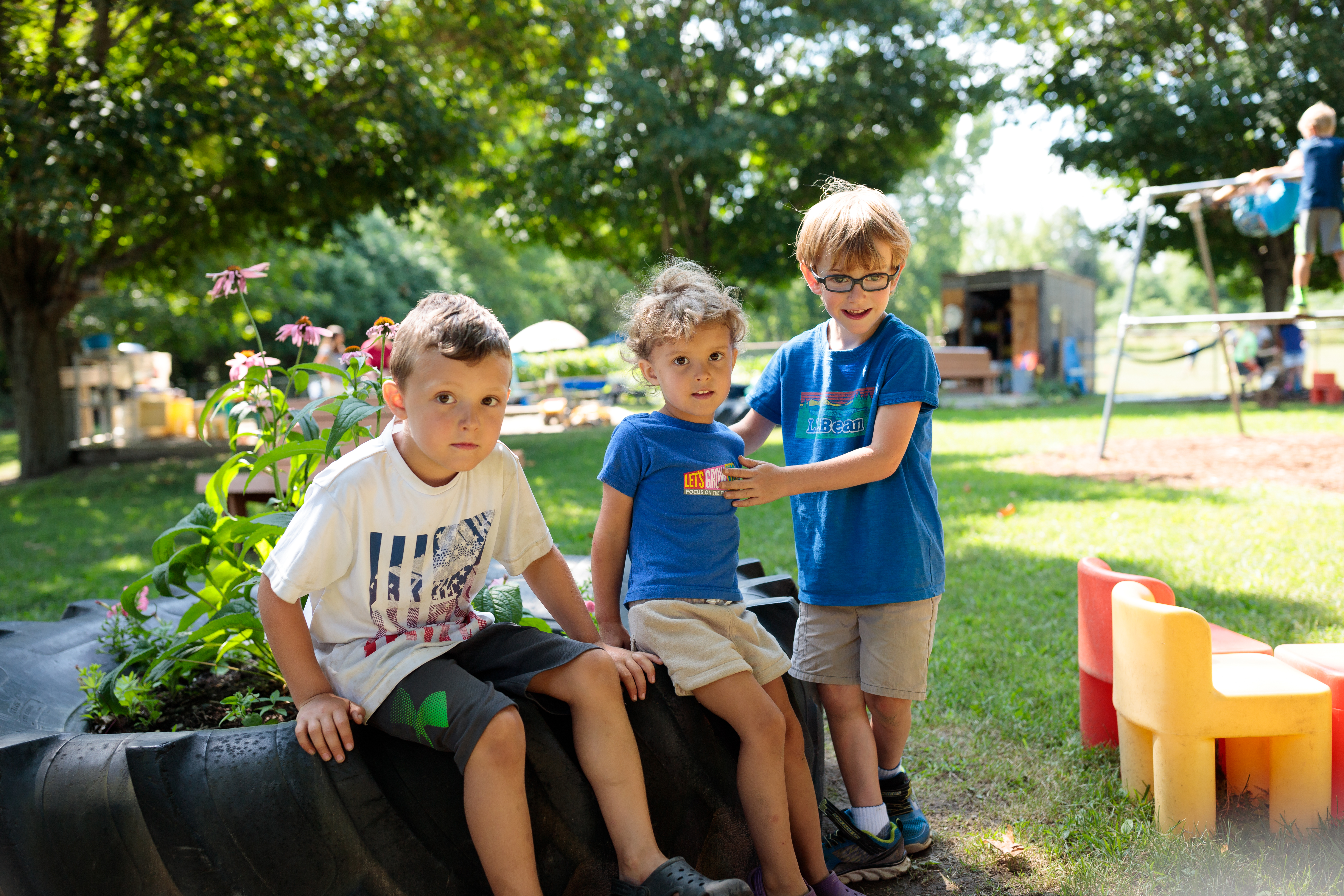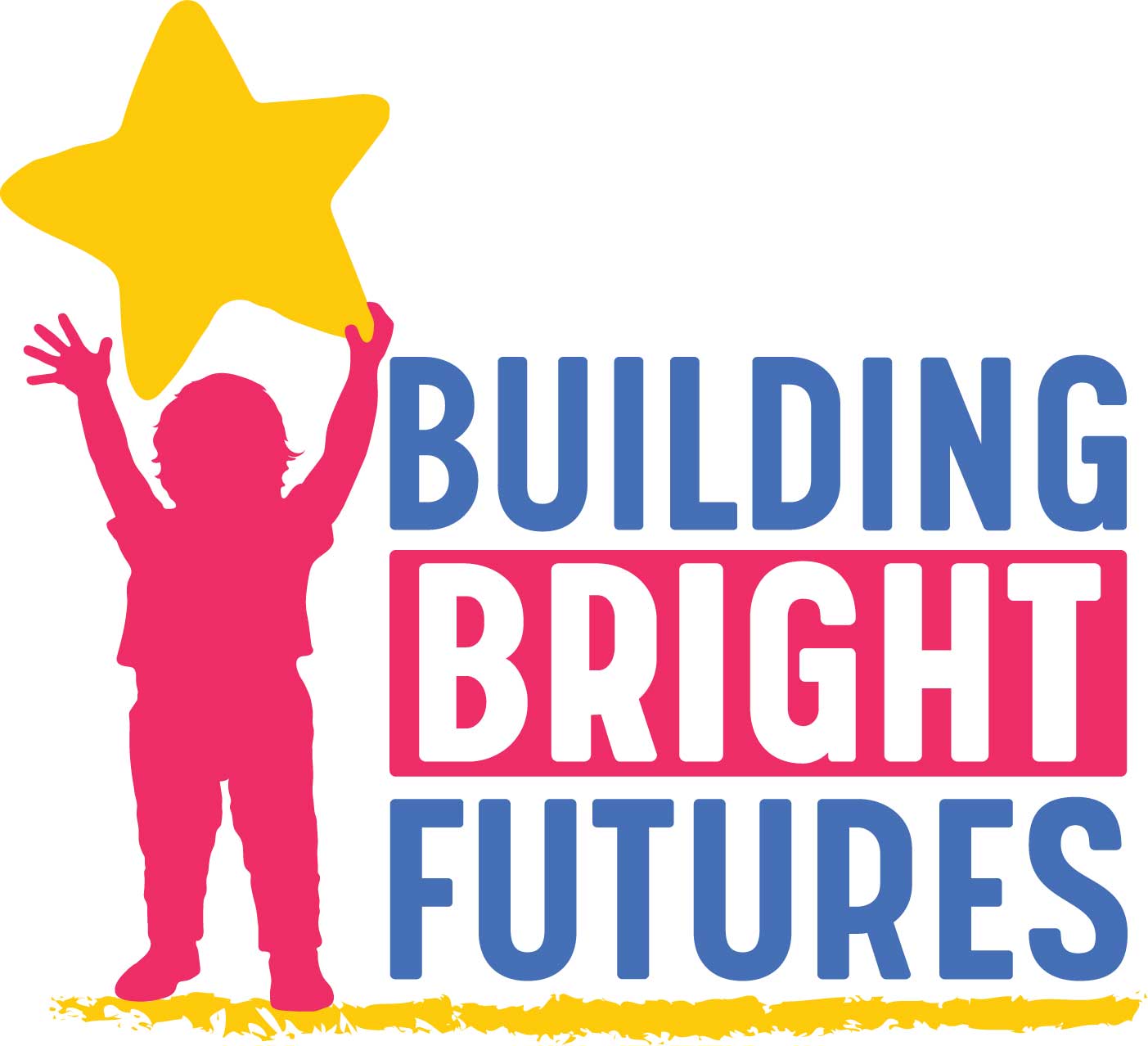The Chittenden Regional Council’s Action Plan includes the following strategy, “Children’s social and emotional needs are met.” While the language used here is simple, the action steps and research involved in doing this right is quite complex. How do we ensure that a child’s emotional needs are being met, so that they are able to thrive in society? If we want to help raise emotionally intelligent humans, we need to be up-to-date on the newest brain research on emotional development. Luckily, Alyssa Blask Campbell of Seed & Sew is here to chat with us, share her research, and discuss the importance of responding to the big emotions that all our tiny humans experience.
 Tell me a bit about yourself and your background?
Tell me a bit about yourself and your background?
My name is Alyssa Blask Campbell. I have my master’s degree in Early Education and while living in Boston, I had the privilege of working at a school with head teachers who all have master’s degrees in Early Education as well. I started doing research at the school, and I co-created the Collaborative Emotional Processing (CEP) method. My husband is from Shelburne, and we moved back to Vermont last summer (2018), after living in Boston for 5 years.
What excites you about the current landscape of early childhood in Vermont?
The level of awareness of early childhood development is really exciting. There is so much more discussion about the facts; for example, 90% of the brain is developed by the time children go off to kindergarten, and 80% by the time they are 3. So I wonder what we can be doing to better support this critical time of development? We use terms like social/emotional learning, sensory play, attachment, coping skills, emotional regulation, and I’m excited to continue to work to better define those terms and ensure that parents and caregivers understand them.
What is the Collaborative Emotional Processing method?
It’s really a guide for building emotional intelligence, starting in infancy. Emotional development does not just develop on its own, it needs to be taught. We talk a lot about emotional expression in a pro-social way. For example, it’s ok for a child to feel mad, but it’s not ok to them to kick someone because they are mad. Teachers often ask what they can do about behaviors, like hitting, kicking, and biting. These behaviors have an emotional development root.
Children need the ability to learn what they are feeling, learn how to express and communicate what they are feeling, and then they can start learning coping skills. The problem is that so many adults weren’t taught these skills, so a lot of my work, and large focus of the method is on how to build adult self-awareness, self-regulation, identify biases, and practice self-care so we can show up and respond to children rather than reacting.
How can adults better respond to behaviors in the moment?
This is a crucial and frequently missed step in the Phases of Emotion Processing. Coping mechanisms are different from coping strategies. In many cases, adults may react to a child’s behaviors rather than responding in a way that doesn’t minimize or distract from the child’s feelings. For example, in an effort to say “you are going to be ok”, sometimes we observe teachers and parents using distractions such as, “Let’s go outside, or sing a song, etc.,” and we also observe the use of language to try to minimize the feeling the child is having such as, “You’ll be fine, mom will be back later.” In these reactions to children’s emotions we are minimizing their feeling and/or encouraging them to stop expressing, potentially repressing their emotion. When we can hold space for the emotion and empathize with them, then we can support them with healthy coping strategies to process the emotion rather than temporarily numbing it and pushing it beneath the surface.
How do you help a child process their emotions?
We created the CEP Method to help with this. Many folks are interested in learning more about the Adult and Child Interactions component of the CEP Method, but we talk a lot about supporting adults so that we build our own self-awareness and self-regulation, because so many of us didn’t learn this as kids. How can we teach it to children if we are not doing it ourselves? What we are using to help guide kiddos through processing their emotions is the same process we need to use as adults. There are five components we lay out for adults to aid children in processing their emotions. (Note: the first 4 are about us as adults):
- Self-Awareness (How are we feeling today? Frustrated? Tired? Annoyed with our partner, boss, friend, etc?)
- Bias (What lens are we using? What are we bringing from our own experiences or our childhood?)
- Scientific Knowledge (aka the mirror neurons. It’s your job to get calm for them not their job to get calm for you.)
- Self-Care (Throughout the day, not just once in a while. Things like drinking enough water or getting quality sleep.)
- Adult/Child Interaction (How to respond to children when they’re experiencing an emotion.)
What are the next steps in sharing your work, like Seed & Sew and the CEP method, with the community?
Seed and Sew started as a place to hold resources, and give in person & online presentations to parents and teachers, and it grew from there. As we researched the CEP method, and worked with parents and teachers across the United States, I saw a need to create an online space for people to go to when they needed more info. My CEP method co-creator, Lauren Stauble, and I are writing a book now, and I have my HUB called Seed and Sew (https://seedandsew.org/) for parents and caregivers to find tons of info, blogs, and resources for emotional development support. We were also asked to create Voices of Your Village podcast, which is now accessible in 67 countries. Additionally, we have an online membership for parents, and we are moving forward by creating a Seed Certification Program for schools that serve children ages 0-5.
What are the goals of the Seed Certification Program?
There isn’t a solid professional development tool right now for teachers to learn how to assess emotional development, understand what’s typical in terms of developmental stages, learn emotional processing specific tools, and bridge their emotional processing work with parents and caregivers to better support all the kiddos and families in their school. We are developing this certification program so that teachers can be experts in this, and parents will see them as a resource and turn to them to ask questions and share what’s working for their child. We are also creating a database, so that parents and caregivers can look up which schools have this level of certification if it’s important for them to send their child to a place where emotional development experts are teaching.
What do you view as critical to make strides in regards to better supporting early childhood providers and families in our community?
So often, when I’m going into schools, teachers don’t have the skills to assess and support emotional development, and they’re yearning for it. I see the Seed Certification Program as a tool to fill that role so that teachers and parents have a baseline knowledge of what supports are needed for all kiddos to develop emotion processing skills. When I assess early childhood, birth to age 5, I’m looking at 3 things that I call the triangle of growth: emotional development, sensory systems, and language development. When one of those are off, we are going to see delays in other areas. For example, if language development is delayed, I’m also going to be looking at emotional development and sensory regulation too, because the child is probably working really hard on the language piece and may not have the tools to communicate what they need or want to, and their sensory systems might need to be supported along with this as well.
We have room to do so much better and help adults understand how important emotional development is for children. It’s also important for us to look at teacher to child ratios – when we operate our classrooms by using the minimum number of teachers, it’s so much harder for the teachers to practice self-care and be both physically and emotionally available to their students. Sometimes teachers don’t even have the freedom to go to the bathroom when they need to, and that’s something we need to look at systematically so that teachers can show up emotionally for their kids as the humans they want to be.
*The Building Bright Futures Chittenden Region is sponsoring an upcoming workshop with Alyssa Blask Campbell from Seed & Sew for local dads around the topic of parenting through the lens of emotional intelligence. For info and registration click here: https://www.eventbrite.com/e/seed-sew-dad-guild-workshop-tickets-75977768551



